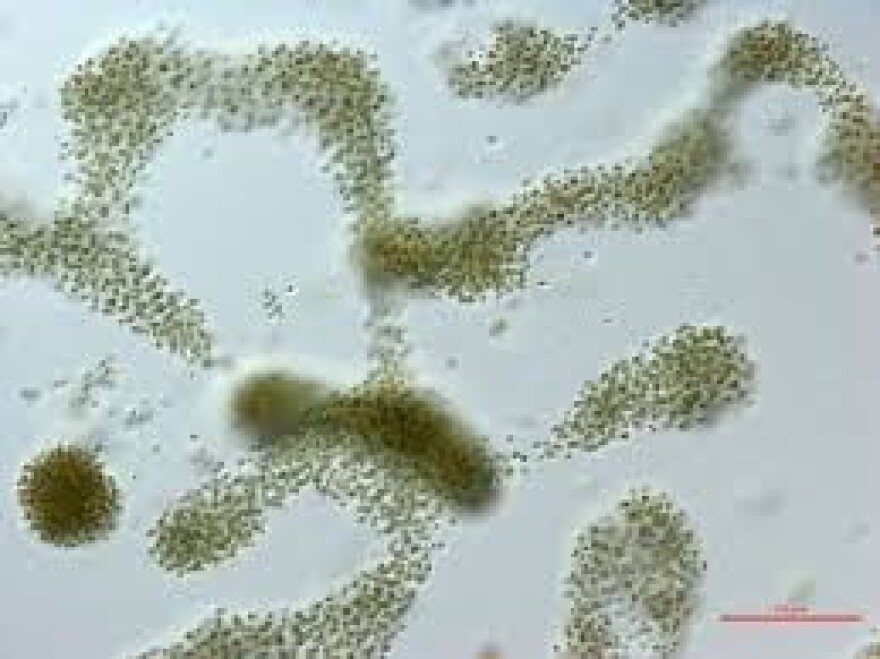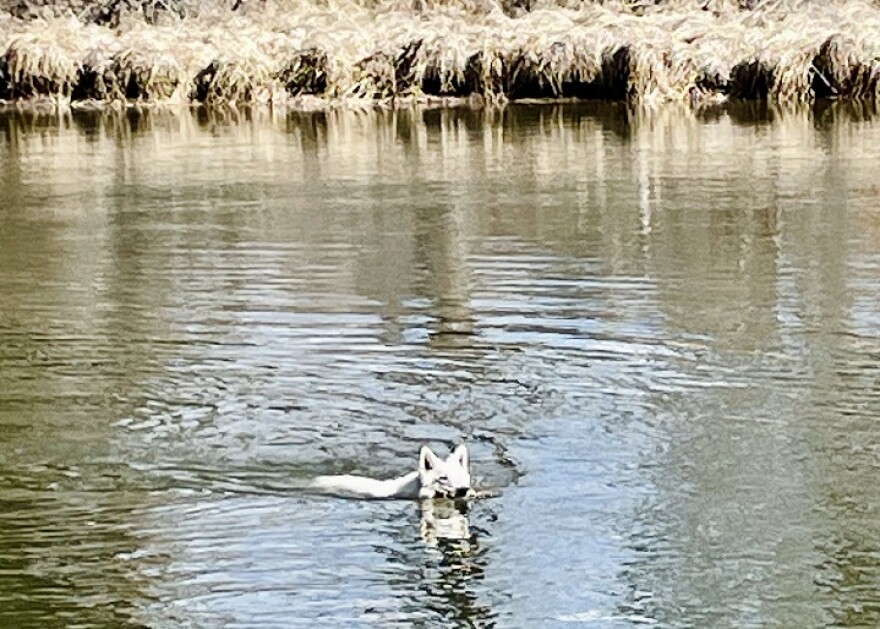If you plan to head out to the water as temperatures rise, health officials warn to be on the look-out for bacterial blooms that could sicken people and animals.
Cyanobacteria are beneficial and found in fresh water all over the world. Under the right conditions, they can multiply into blooms. Many blooms are harmless --but some can produce cyanotoxins that make people and pets sick.

Exposure happens when water is swallowed or droplets are inhaled during high-speed activities like skiing or wakeboarding. Symptoms include diarrhea, cramps, vomiting, and fainting. Kids and pets are most sensitive because of their size and activity levels. Dogs can die within minutes to hours of drinking the water.

Only a fraction of freshwater bodies are monitored for cyanotoxins. Oregon Health Authority recommends staying clear of water that is foamy, scummy, pea-green or brownish-red. The guidance? “When in doubt, stay out.”
To learn if an advisory has been issued or lifted for a specific water body, visit the Harmful Algae Bloom website or call the Oregon Public Health Division toll-free information line at 877-290-6767.



